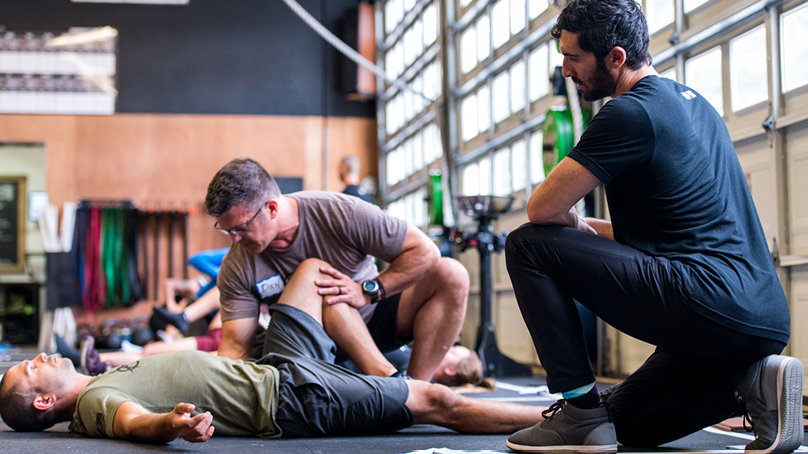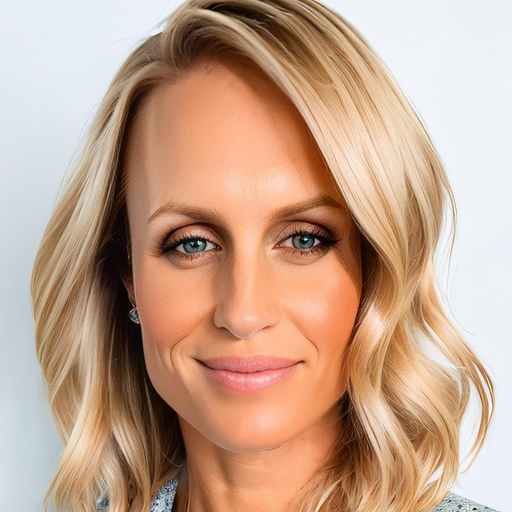4 Ways to Grow Your Personal Training Business


This guest post was written by Dr. Sean Pastuch, owner and founder of Active Life Professional.
Personal training is like the golden goose of the fitness business space. Once your members see your staff helping other members one-on-one, they want it too. So why is it so hard to get it going? Good news, it’s not, and in this short article I’m going to teach you one of the most important secrets that I teach gyms from around the world when they come to me for help.
Before you start counting yourself out because you think your gym is different, or you think your market is different and “no one will pay for that here” you should probably know that at Active Life we have worked with gyms and coaches from rural towns, suburban towns, and major cities. The income of the members in the markets we have helped gyms and coaches in ranges from $25,000/year to almost $200,000/year. What I’m about to teach you works in any market.
The one thing you aren’t focusing on that will grow your personal training business no matter where your gym is, is the belief that helping members one-on-one is of dire importance. It is that simple, but it is not that easy. The reason why over 90% of our clients are able to sell over $2,000 of personal training within 10 days of their launch call with us, and why most end up over $10,000/month in additional revenue from personal training is because they understand what is at stake for their members if they don’t.
You see, the reason you are struggling to grow your personal training business is because you are trying to accomplish a symptom of it (more money), without addressing the cause (members are being served more deeply), and so, you believe “no one will buy that here”. You’re right! No one will buy the idea of building you a new revenue stream because your business coach told you that you needed it, but they will buy solutions to their problems, and those solutions can be one-on-one training. So let’s get to work on how you can be on your way to building a thriving one-on-one culture in your gym as soon as this week in four simple steps.
Step 1. Identify Need
Pay attention, do you have members who are still frustrated by how long it’s taking them to reach their goals or improve their movement quality? Maybe someone still hasn’t lost any weight, someone else still throws the barbell out in front of them on every clean, another member is still working on their first pull-up, and of course there is the person who stays after class every day to get extra work. You get the point. Make a list of these people. Go for 10.
Write the list as follows:
- Their name
- The problem they have in the gym
- How that problem might be making them feel inside and outside of the gym (frustration, insecurity, annoyed, self conscious, etc.)
- Why you are confident you can help them solve this problem.
When you finish building this list you will have clarity that your group class is not getting the job done for people who you care about, you will understand that those people are suffering every day, and you will understand that you have the capacity to help them.
Step 2: Ask and Apologize
You read that correctly. In order to grow your personal training business ask your members if indeed the things you believe from step 1 are true. If they are, it’s apology time. You need to apologize to your members who are not getting what they joined the gym for. Have these conversations one-on-one. You love them. These are your people, and they came to you because they have a problem that they hoped you would be able to help them solve. Maybe you did, and now a new one has come up, maybe you haven’t helped them to complete their first goal yet, and you could. Either way, apologize. The apology will do two things, it will acknowledge that your awareness of the needs of your client and the reality you could be better serving them, and it eases the relationship tension of any sales conversation that may come there after.
Step 3: Offer Help
Ask your clients whom you now understand need your help, if they would like it. Set up an appointment for free in which you are going to evaluate all of the reasons why they are still struggling with this issue. A movement screen, a body fat analysis, girth measurements, baseline testing, and a goal setting deep dive is what should be happening in this session. Here’s what you can say to get this session scheduled, and to feel good about selling your solution after it’s over; “If I made some time, would you want to schedule a one-on-one meeting to assess what’s going on and see if working together one on one could solve this for you?” That sentence, that question, makes this process all about the client. If they say “yes,” then they want your help and they understand that if they’re fit, they are going to have to pay for it.
Step 4: Sell a Solution
After your evaluation, it’s time to sell the solution that your client needs. This should be done on a different day than the initial evaluation. You need time to plan what your client needs. They should attend the solution meeting with anyone who has to help them make a buying decision (wife, husband, mom, dad, etc). If you can remember in this solution meeting that the client needs your help with this, they are in the room with you because they are hoping you can help them, and they are prepared to pay for that help, then everything you are going to talk about is for them, and there is nothing sleazy or pushy about it.
The one thing you aren’t focusing on that will build your personal training business no matter where your gym is, is the belief that helping members one-on-one is of dire importance. If you believe that you can solve all of the issues for your members with group class, then you should not sell one-on-one coaching, it would be something you are doing for the wrong reasons. If you believe that your clients would benefit from working with you and your staff one-on-one, then you are avoiding selling it for the wrong reasons.
Download Your Copy of the Annual Benchmark Report Today
If you are a gym owner reading this article, you should know that there are four reasons why your staff might struggle to sell one-on-one even with the tools in this article at their disposal.
- They hate selling: It’s your job to point out that if they avoid selling, they are being selfish, avoiding difficult conversations that could help the members because they are uncomfortable having them.
- They aren’t confident they can solve the problems: It’s your job to develop your staff or hire out to have it done. When they execute these first steps, remember, they should be making their list of ten based on members who they already know they can help.
- There isn’t enough money in it: Maybe they work for you part time and they have a full time career that they enjoy and pays them well. Personal training in your gym, no matter how well it pays, will never provide them the consistent, financial safety in their life that they are looking for. If all of your coaches fit this answer, then it’s on you to sell and execute the sessions. If you don’t want to, it’s time to come to the reality that you need more dedicated staff.
- The incentive isn’t there: If you are taking the larger slice of the pie on a session, your staff will resent you for it, and they will see through the nonsense that you have fixed expenses and increased costs to offer one on one. It’s time to pay your staff better for their sessions.
As the owner and leader, you should also know that you have the ability and obligation to help your staff ovecome these four reasons.
Ready to grow your personal training business? Check out our annual benchmark report that uncovers the trends and tactics that lead to high performing fitness businesses.
Get your Benchmark Report today.

I’m Coach Kelli, a devoted CrossFit gym owner with 15 years of experience managing my facility, along with owning yoga studios and wellness centers. Beyond the fitness world, I have a passion for cooking, cherish moments with my children and family, and find joy in spending time outside. Having experienced the highs and lows, I’m dedicated to leveraging my expertise to help you grow and succeed on your fitness journey.

I’m Coach Kelli, a devoted CrossFit gym owner with 15 years of experience managing my facility, along with owning yoga studios and wellness centers. Beyond the fitness world, I have a passion for cooking, cherish moments with my children and family, and find joy in spending time outside. Having experienced the highs and lows, I’m dedicated to leveraging my expertise to help you grow and succeed on your fitness journey.








